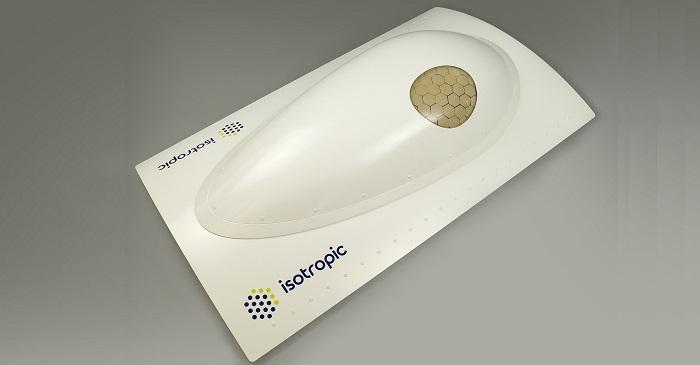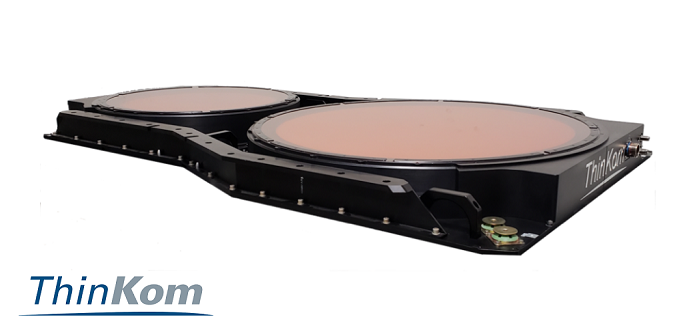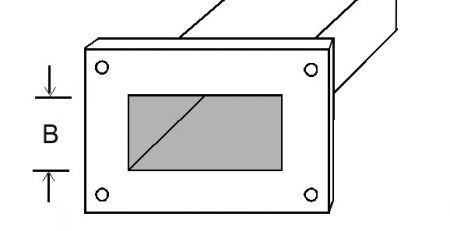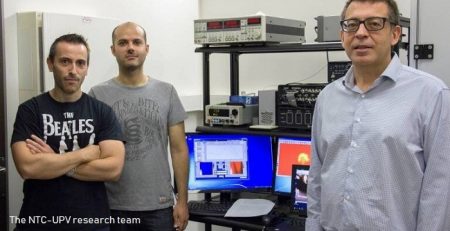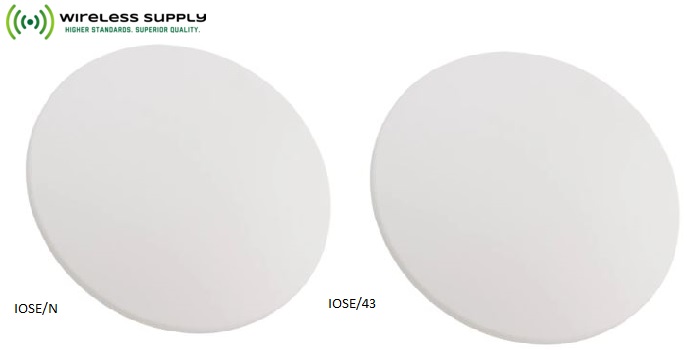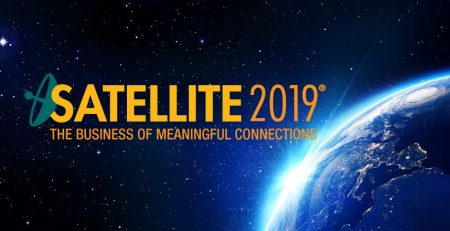Thinkom’s Phased-Array Satellite Antennas Comply with International Non-Interference Rules
ThinKom Solutions, a provider of innovative and compact broadband antennas, has announced that its phased-array satellite antennas are in full compliance with the latest rules from international regulatory bodies governing evolving interference threats. The International Telecommunications Union (ITU) and the 2019 World Radio Communications Conference (WRC19) have adopted standards to prevent interference between satellites in geostationary (GSO) and non-geostationary (NGSO) orbits and between aeronautical and 5G terrestrial services using shared frequencies.
ITU Article 22 specifies that terminals operating on NGSO satellites must limit their emissions in the direction of GSO satellites. This can and will occur when NGSO satellites move in and out of alignment with GSO satellites. ThinKom’s VICTS phased-array technology ensures full compliance with ITU Article 22 by eliminating elevated sidelobes when operating on NGSOs, thereby protecting against interference in the GSO plane. The Company has successfully completed numerous trials to demonstrate interoperability between NGSO and GSO satellites with no interference.
Delegates at WRC19 reaffirmed the use of Ka-band frequencies for aeronautical and maritime satellite communications, but some of these frequencies are shared with terrestrial 5G mobile networks for use in point-to-point back-haul and distribution services. For that reason, WRC19 imposed strict limitations on spurious emissions from satellite terminals on aircraft to prevent interference with 5G ground networks operating on the protected Ka-bands.
ThinKom’s proprietary VICTS phased-array architecture is designed so that the antenna’s radiating aperture is shielded by its housing. This means there is no direct path between the antenna and the ground, even at very low elevation angles, thus eliminating the need to attenuate or mute the transmit signal in order to meet the stringent WRC19 requirements.
The extent of potential overlap areas affected by the WRC19 regulations will be significant. The United States, Canada, Japan, Korea and India are already using or planning widespread usage of Ka-band frequencies in their 5G terrestrial networks, and other countries are expected to do the same.
ThinKom is entering a new era in telecommunications in which the skies become more crowded with hundreds, or even thousands, of GSO and NGSO satellites and proliferation of 5G terrestrial networks – all sharing portions of the same Ka-band spectrum. This will create challenges for many satellite antenna manufacturers to meet international regulatory mandates. ThinKom’s VICTS antennas are already fully compliant with all present and foreseen ITU and WRC requirements, ensuring future-proof solutions for our business partners and end-users.

